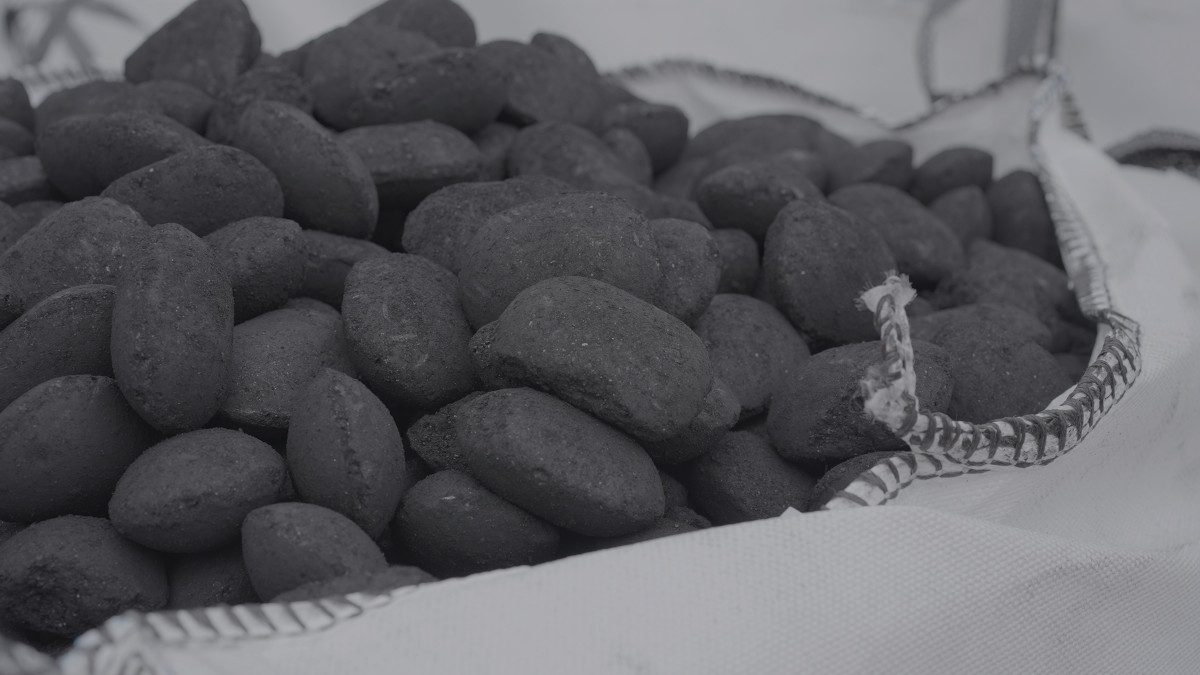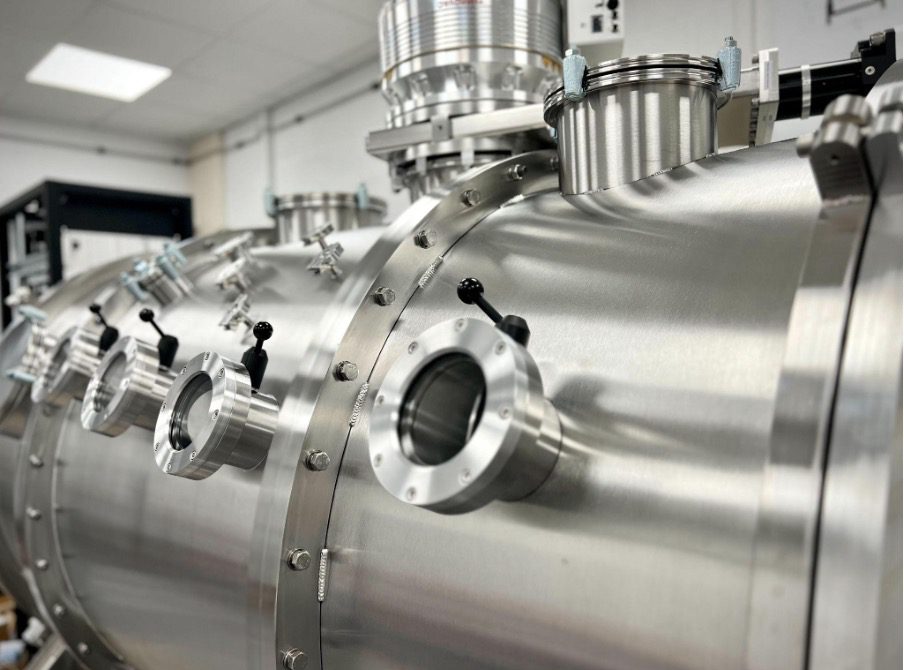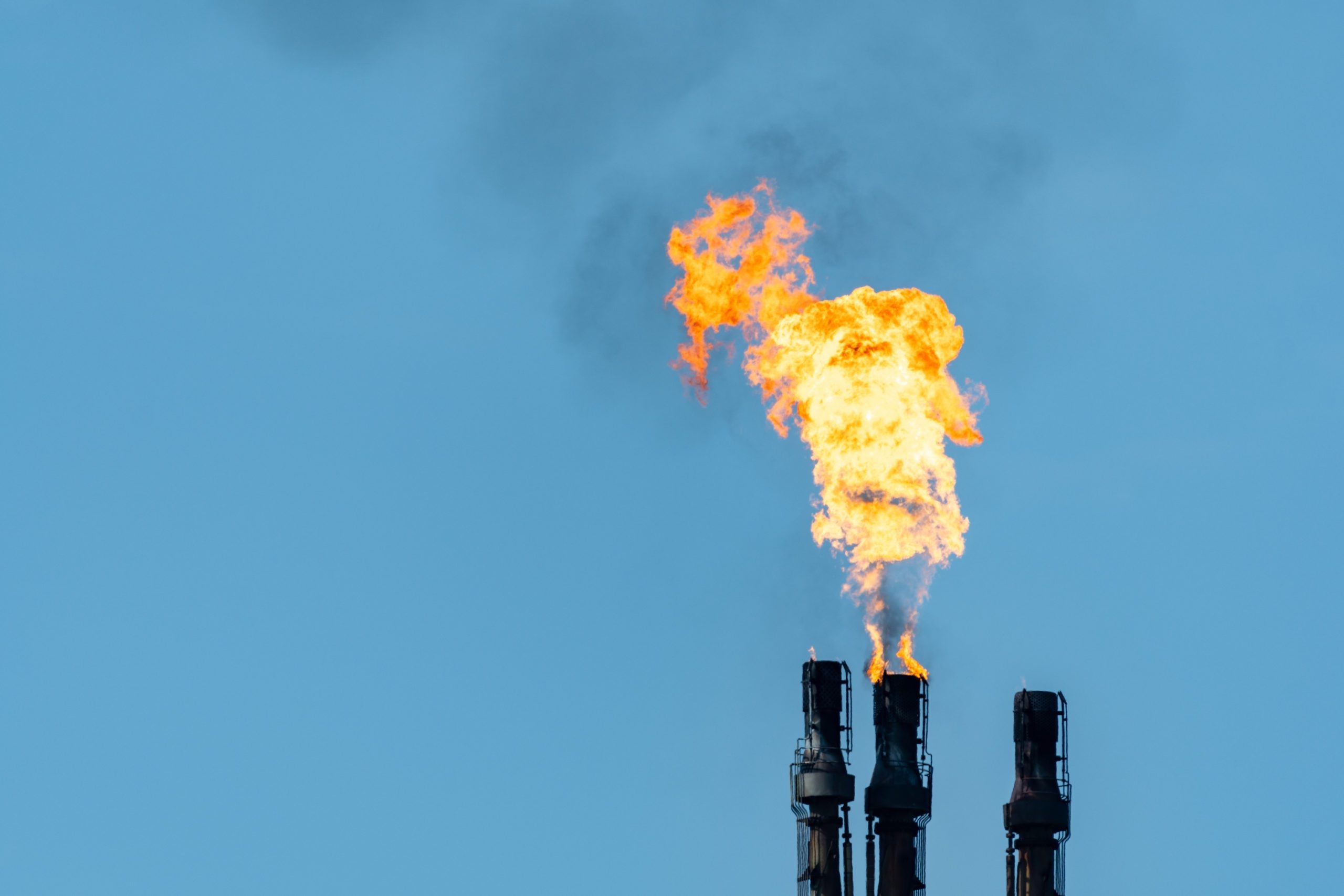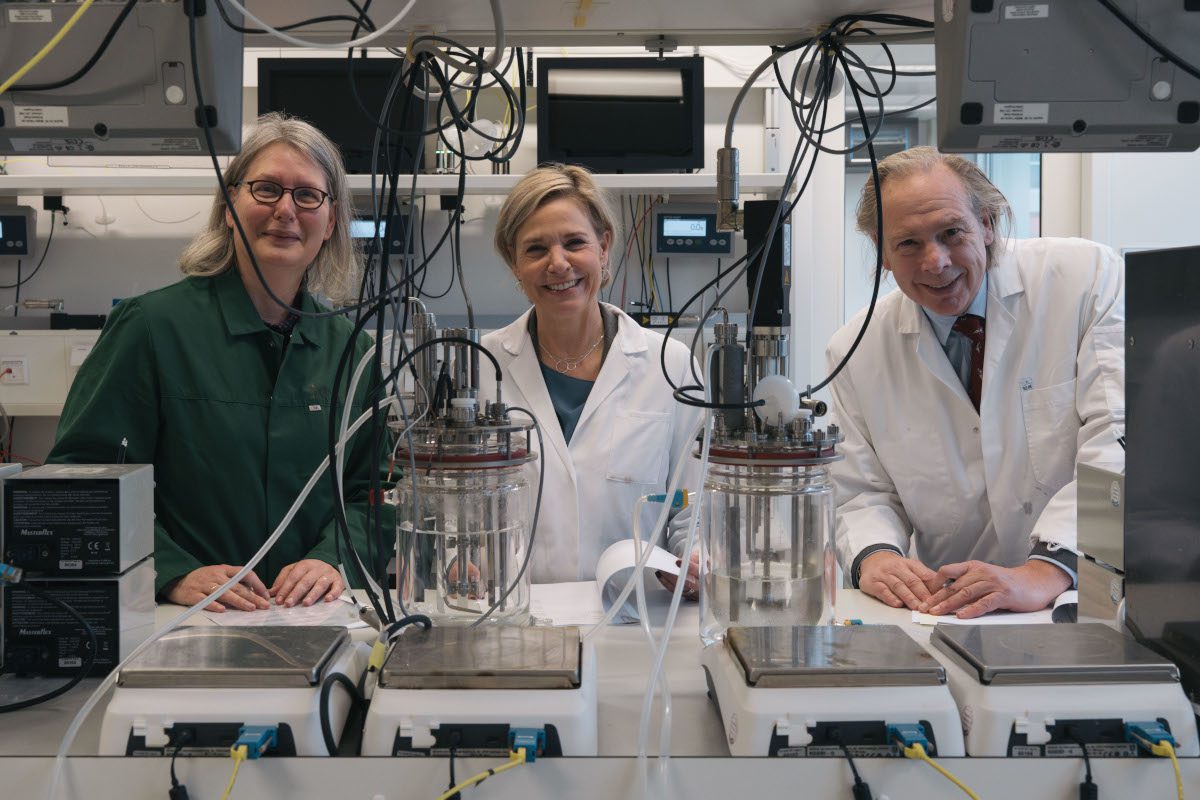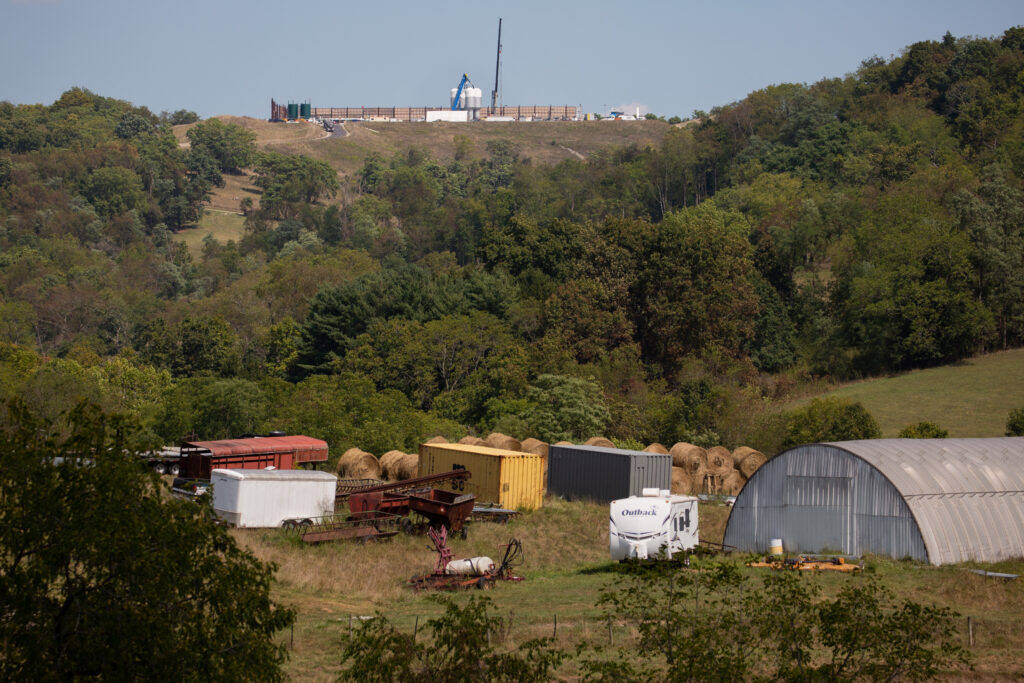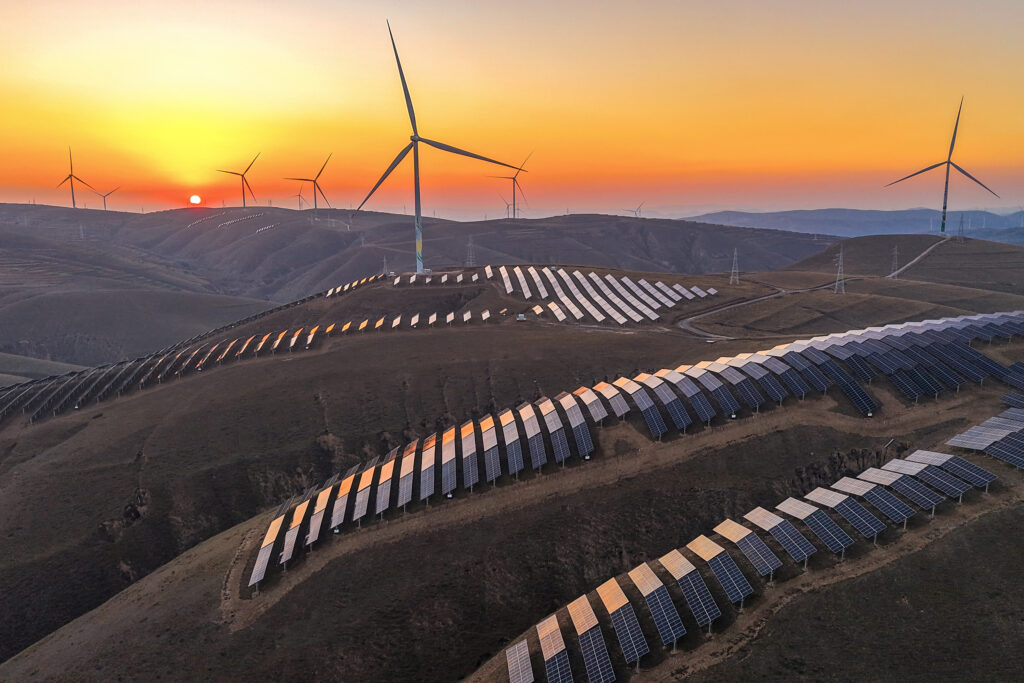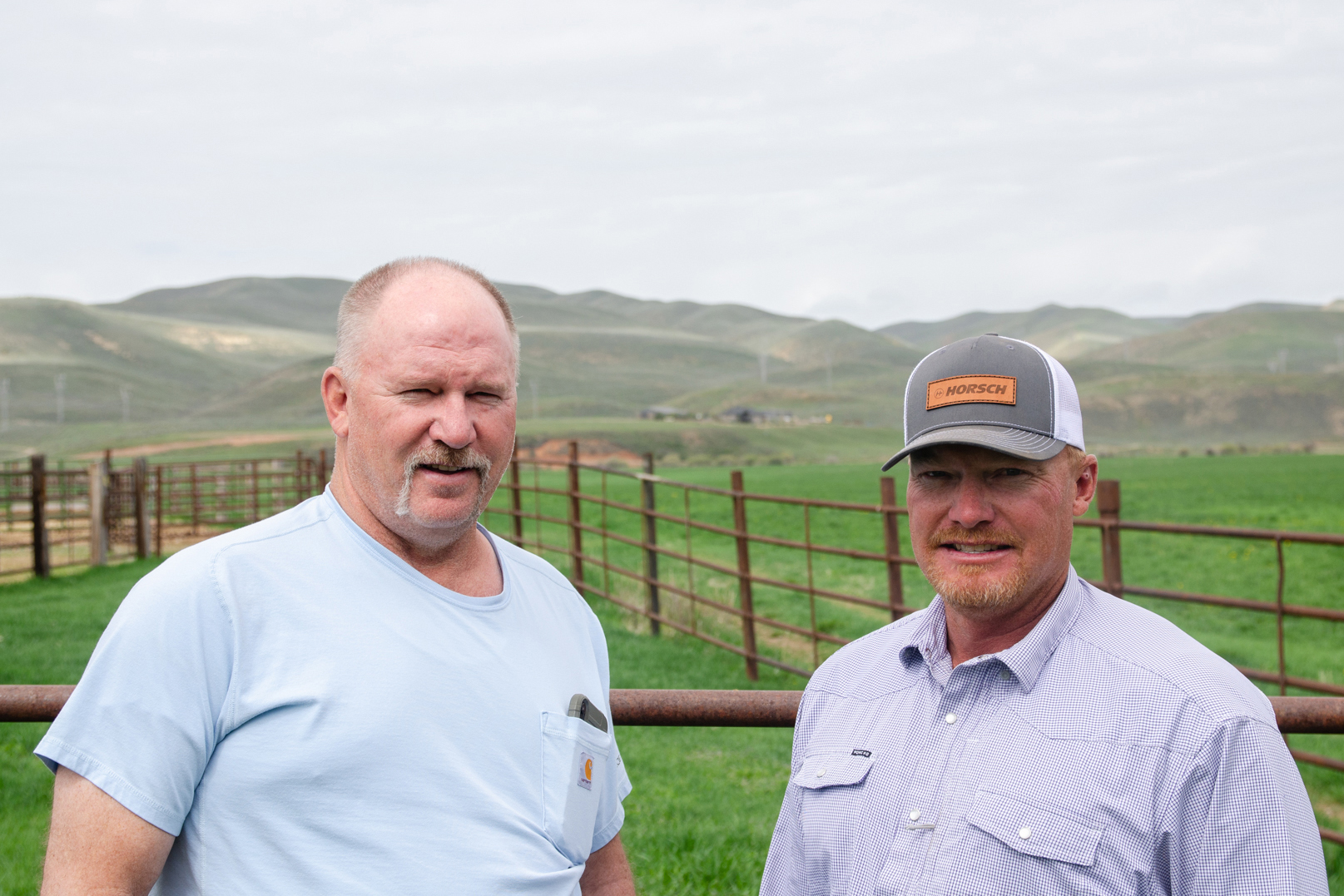A new study attempts to disentangle the global interplay of particulate matter (PM2.5) and ozone (O3) pollutants, and makes an urgent call for integrated strategies to curb their detrimental impacts on human health and the environment. Its authors say the research unveils the spatial and temporal dynamics of compound pollution, offering a blueprint for a coordinated global response.
Air pollution is a severe risk to human health and the environment, particularly from fine particulate matter (PM2.5) and ozone (O3). Despite global efforts, many cities continue to face significant exposure risks from these pollutants. PM2.5 and O3 originate from similar sources and interact in complex ways, compounding their harmful effects. Addressing these intertwined pollutants requires innovative strategies. In-depth research is needed to develop effective strategies for joint PM2.5 and O3 control.
In this latest study, the research team – from Hubei University of Economics, Nanjing University, and Yangtze University – looked at the spatial and temporal patterns of PM2.5-O3 compound pollution. Published in Eco-Environment & Health, in April, the research analyzed data from 120 cities worldwide between 2019 and 2022, proposing a framework for synergistic pollution control.
The study appeared to reveal that nearly 50% of cities worldwide are affected by PM2.5-O3 compound pollution, with hotspots in China, Korea, Japan, and India. Significant spatial correlations between PM2.5 and O3 concentrations were identified, driven by common precursors such as nitrogen oxides (NOx) and volatile organic compounds (VOCs).
This kind of compound pollution seems to be a particular problem with cities in Asia, especially India and China. The study attributes this to the high speed of economic development, with its concomitant anthropogenic emissions, “particularly of VOCs and NOx, which are precursors that promote O3 production”.
The study findings highlight the potential for joint pollution control measures, say the authors. The proposed framework aims to manage emissions from both pollutants simultaneously, leveraging their spatial and chemical interactions. Key findings included the identification of cities with high exposure risks and the demonstration of a positive spatial correlation between PM2.5 and O3 concentrations, suggesting that integrated control strategies could significantly enhance urban air quality and public health.
One recommendation is that areas particularly affected by compound pollution – such as India and China – could focus on strengthening control measures in sectors like transport and industry. More sustainable sources could be sought for processes like petrochemicals, industrial painting, and wood furniture. Another promising avenue would be to “optimize the energy structure of motor vehicles”.
Dr. Chao He, lead author of the study, said, “Our findings underscore the critical need for integrated pollution control strategies. By addressing PM2.5 and O3 together, we can more effectively reduce the health risks and environmental impacts associated with these pollutants.”
The authors believe the proposed synergistic control framework offers a promising approach to managing global air pollution.






